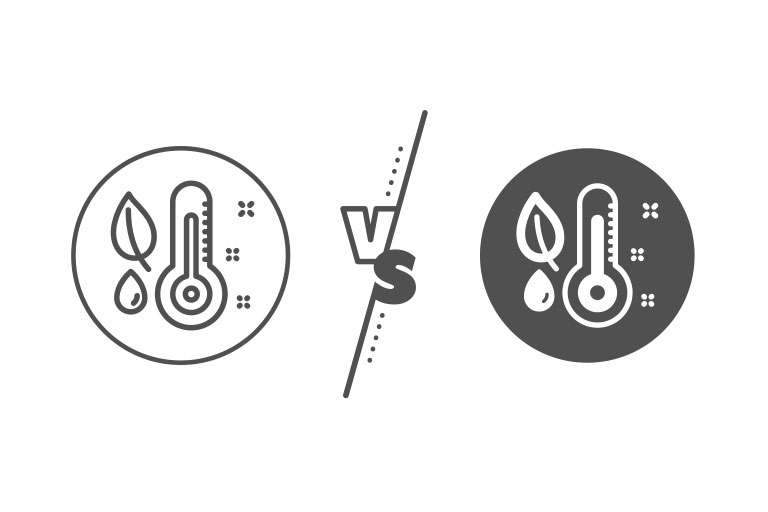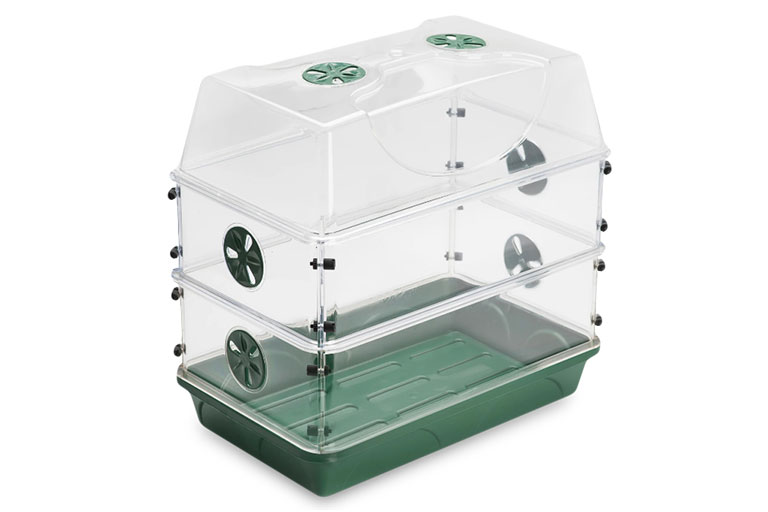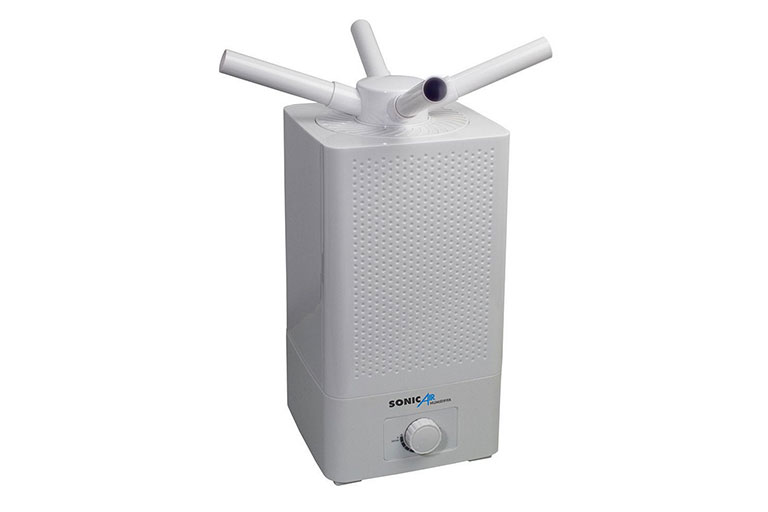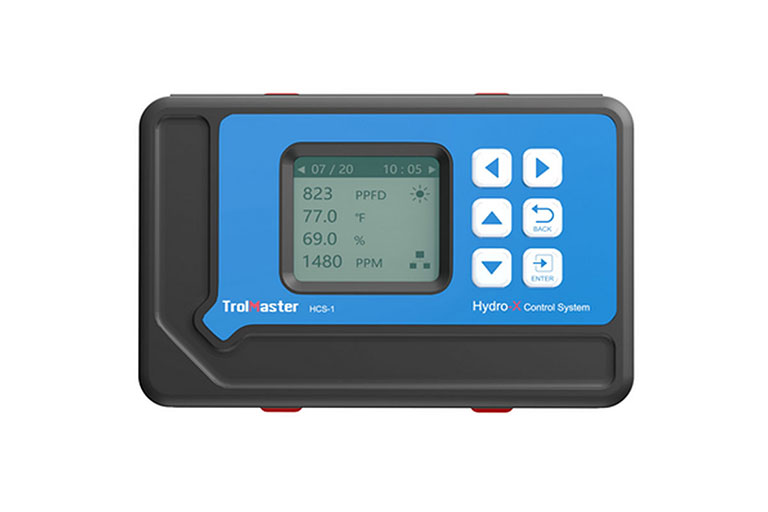Humidity in Indoor Grow Rooms
The Importance of Humidity in Indoor Grow Rooms
Humidity in indoor grow rooms and grow tents is a good thing. Different humidity levels are needed at for the different stages of a plant’s life. Getting the humidity levels wrong can cause irreparable harm and damage to the plants in your grow room. Very high or very low levels of humidity can have a dramatic effect.
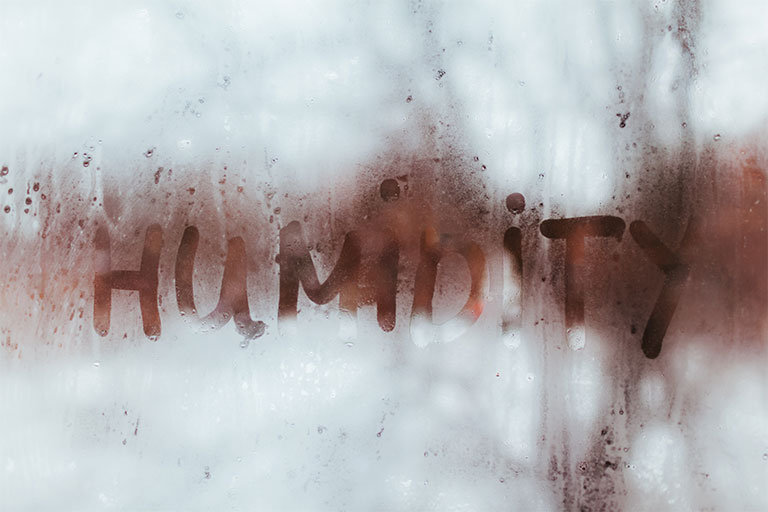
Using humidifiers and de-humidifiers with an environmental controller allows you to dial in the humidity in your indoor grow room. Getting the humidity levels dramatically wrong (very high, or very low levels of humidity) can cause irreparable harm and damage to the plants in your grow room.
Where Does Indoor Grow Room Humidity Come From?
Humidity is a measurement of water vapour in the air. Water vapour is always in the air to some degree. However, the temperature of your grow room will affect how much or little there is.
The higher the temperature rises; the more water vapour the air can hold. Heat forces water to travel faster through the air, covering more area. This results in higher grow room humidity.
The lower the temperature is, the less water vapour the air can hold. Without heat, the movement of water vapour slows down, covering less area, resulting in lower grow room humidity.
Humidity Levels In The Grow Room
Too Much Grow Room Humidity In Grow Tents
Unless you address high humidity levels in your grow room air, you will encounter many issues, including:
- Your plants’ transpiration rate will fall.
- Nutrient uptake and translocation are slower.
- Growth and flowering are stunted.
- Botrytis (bud rot) can take hold, especially in flowering and
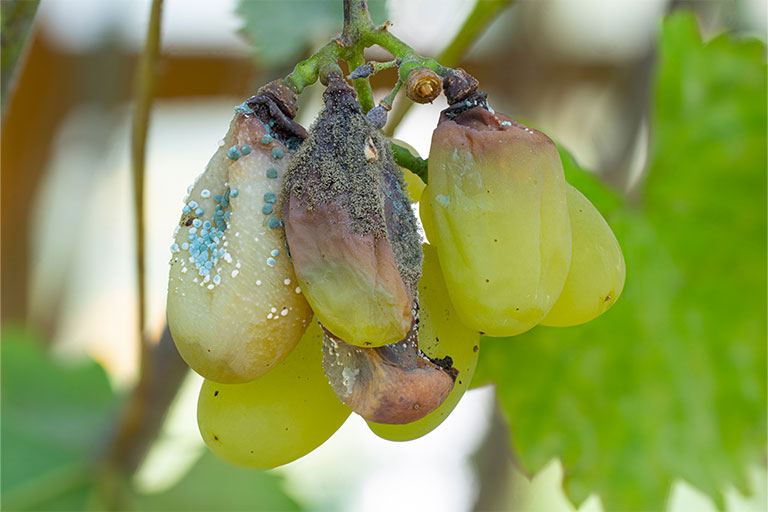
Low Humidity in Grow Rooms
Signs of low humidity can also be misdiagnosed as the effects of under watering or too much light. The only sure way to know if the humidity is too low is to use a hygrometer to measure your indoor humidity level.
A great one is the Air Comfort – Wireless Thermohygrometer. This hygrometer is a compact, reasonably priced, real-time temperature and humidity detector and recorder that can be linked to an app on your phone or tablet.
The ETI Thermo-Hygrometer With Sensor accurately measures temperature and humidity. It comes with an internal and external thermometer and can be set to maximum and minimum temperatures.
Maintaining an accurate environment is critical for overall plant health. Temperature and humidity are the most influential factors for growing healthy plants.
Symptoms of low humidity in your grow room include:
- Browning or crisping leaves.
- Shrivelling or curling leaves.
- Wilting leaves and stems.
- Leaf scorch.
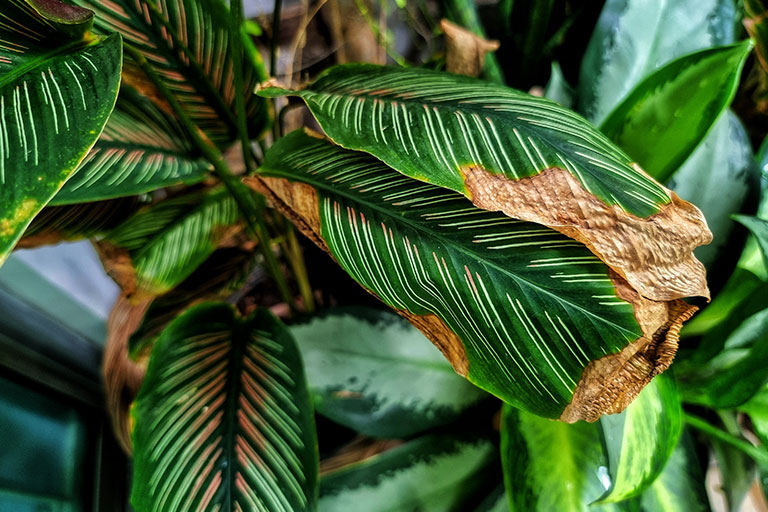
What Is The Best Humidity In Grow Rooms for Each Stage of Growth
Seedling/Clone Stage
Aim for 70-75% humidity for seedlings/clones/cuttings. At this stage, your plants don’t have an established root zone. Most of their water is absorbed through the leaves, so you need high humidity levels in your grow room. Humidity domes (cloches) and propagators are helpful for seedlings and clones, as they build up and hold lots of moisture.
Vegetative Growth Stage
At this stage, aim for 50-70% humidity – plants are more established.
The roots will do most of the work. At this point, plants still take up some moisture through their leaves. Relatively high humidity levels (60-70%) are best practice during the first part of the Veg cycle. Following the first 2-3 weeks of Veg, you can gradually lower the humidity down to 55-60%.
Flowering Stage
Plants: 40-50% Humidity. When you start the flowering cycle, you’ll need around 50-55% humidity. As you continue through Flower, you can reduce this to about 40%, lowering by 5% every 2-3 weeks.
Reducing Humidity
Here are some simple ways to reduce humidity in the grow room, should it get too high:
- Overwatering can increase humidity in your grow tent. Likewise, saturated soil will create excess runoff, raising humidity levels.
- Plants naturally release carbon dioxide, which raises the temperature in your grow room. Consequentially, moisture then builds and humidity increases.
- Improve ventilation by using more exhaust fans or increasing the fan speed in your grow tent. You can also use an atmospheric controller to automatically set the fan speed to attain the level of humidity you desire.
- An air-conditioner cools the air by using compression and gas to pull the heat out. The process creates condensation, which removes moisture from the air.
- Grow equipment, like grow lights, can elevate the temperature in your grow tent.
- Choose a grow light that doesn’t emit much heat, such as an L.E.D. light fixture. Look out also for lights that allow you to dim the brightness.
- Plants with large leaves can raise humidity levels. Try pruning some of the largest leaves in the densest areas to help reduce humidity levels.
Increasing Humidity
- Raising humidity levels will ensure that your plants go from withering and drying out to thriving and flowering. There are several easy ways to fix low-humidity symptoms in plants.
- Introducing a humidifier is one of the quickest and easiest ways to raise the humidity level inside the grow room.
- Positioning an oscillating fan near your humidifier will help to circulate the moisture throughout your growing space more efficiently. Group your humidity-loving plants. This raises your humidity level as the plants transpire, helping to create a microclimate.
- Increasing ventilation with a powerful exhaust fan is an excellent solution to increase humidity levels. In addition, many grow tents come with ventilation fixtures. Ensure you’re opening all available vents to circulate humidified air throughout your space effectively.
- Install a humidity controller to control your dehumidifiers, humidifiers, and ventilation fans. Humidity controllers allow you to always monitor humidity levels. Using adjustable set points, you can set your desired humidity level for specific days, times, and much more.
Humidifiers
The G.A.S. Sonic Air 10L Humidifier is an affordable, reliable humidifier with a sizeable 10-litre tank. It has a fully adjustable output to adjust the mist levels to fine-tune the humidity in your growing space. In addition, it’s compatible with humidity controllers for an even higher level of precision.
A humidifier releases moisture into the air, a humidifier with a warm mist function is great if you’re growing tropical plants that require warmer air.
If you want total control over your grow tent’s humidity, and other environmental factors, use the Trolmaster Hydro-X Environmental Controller. The TrolMaster Environmental Controller offers you next-generation environmental control.
Environmental Controllers
The TrolMaster environmental controller is perfect for anyone looking to manage all aspects of their growing space. Remote access application offers you access from anywhere in the world, at any time. With a wide range of add-on products, you’ll have peace of mind that your plants are left safe and happy.
Controlling humidity and temperature are critical factors in achieving the best results. Invest in the best environment control system you can. If not, it’s a good idea to manually log your temperature and humidity readings regularly. Doing this helps you to detect any irregularities and prevent issues.

